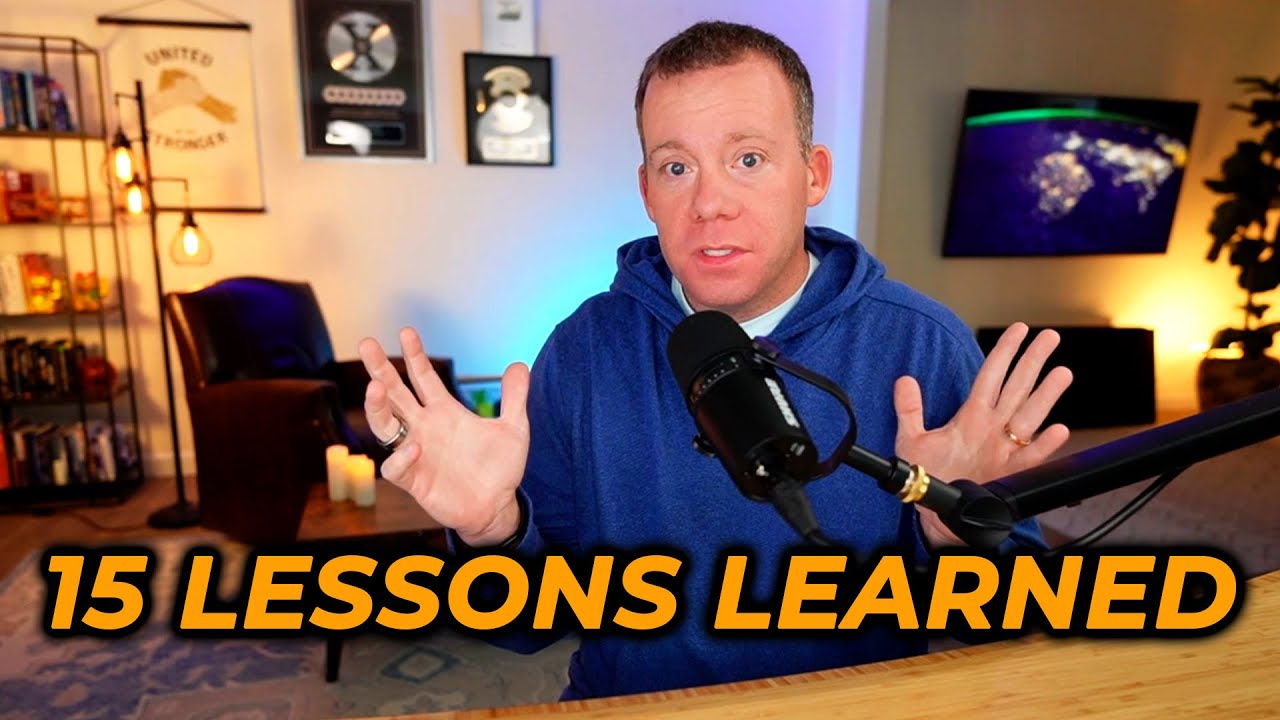For those navigating the ever-changing eCommerce world, insights from industry veterans can be game-changing.
My name is Anton Kraly and I am the founder of Drop Ship Lifestyle. I have spent 18 years mastering the art of building, scaling, and optimizing eCommerce stores.
Here’s a condensed guide sharing my top lessons learned, featuring 15 eCommerce tips to save you time, money, and frustration.
1. Sell High-Ticket Products
Focusing on products with an average order value of $1,000+ ensures profitability. Low-ticket items, like $10 goods, leave little room for paid advertising or operational costs. High-ticket sales create a sustainable margin for paid ads and other investments.
2. Track Everything
Tracking website visitors and their behavior is crucial. Use tools like Google Analytics 4 integrated with Shopify to identify which traffic sources drive conversions. Accurate data helps you double down on successful channels and refine your strategies.
3. Outsource Early
When repetitive tasks like customer service become time-consuming, outsource them. Hiring professionals can improve response times and customer satisfaction while freeing you to focus on growth-oriented tasks like advertising and supplier acquisition.
4. Learn Sales Psychology
Understanding why customers buy can boost your store’s conversions. Explore books on sales and buyer psychology to implement effective copywriting and upselling strategies. Techniques like offering extended warranties or expedited shipping can increase your average order value.
5. Optimize Lead Value
Enhance your revenue by offering complementary products or services. For example, if you sell beginner drum kits, partner with online drum schools or offer add-ons like drumsticks to increase cart value and conversions.
6. Form a Business Entity
Protect yourself legally and financially by forming an LLC taxed as an S-Corporation. This separation of personal and business expenses not only provides liability protection but also prepares your business for potential sale.
7. Prioritize Cost Savings
Small savings compound over time. From negotiating better shipping rates to reducing cost-of-goods-sold (COGS), periodic reviews of your expenses can lead to significant long-term savings.
8. Plan Monthly Promotions
Small savings compound over time. From negotiating better shipping rates to reducing cost-of-goods-sold (COGS), periodic reviews of your expenses can lead to significant long-term savings.
9. Leverage Competitor Weaknesses
Analyze competitor product pages and identify gaps in their offerings. If they lack detailed shipping info or bonus gifts, make those strengths on your site. A well-crafted product page can win over hesitant shoppers.
10. Actively Request Reviews
Positive reviews increase trust and conversions. Automate post-delivery emails to encourage customers to leave reviews. Offering small incentives, like discounts or gift cards, can improve response rates.
11. Set and Stick to Goals
Establish clear quarterly goals and actionable steps to achieve them. For example, if your goal is to improve return on ad spend, outline specific tasks like reviewing underperforming keywords or testing new ad formats.
12. Maintain a Change Log
Track every change you make to your store, from ad adjustments to email tweaks. This habit helps you measure the impact of your decisions and ensures you can revert ineffective changes quickly.
13. Segment Remarketing Audiences
Segment your remarketing campaigns by recency and frequency of visits. Recent visitors are more likely to convert, so prioritize ad spend on audiences who visited within the past 24-48 hours.
14. Communication is Everything
Nothing burns bridges faster than leaving people in the dark. Whether it be with suppliers, account managers, or customers you should over communicate everything to keep everyone happy and to keep your business healthy.
15. Diversify Risk
Relying on a single supplier or ad channel is risky. Partner with multiple suppliers and diversify ad spend across platforms to protect your business from unexpected disruptions. Ensure your business can weather disruptions by avoiding over-reliance on one supplier or marketing channel. Building a broad supplier base and varied ad strategies minimizes potential setbacks.
Key Takeaways
Whether you're new to eCommerce or a seasoned entrepreneur, these tips are designed to optimize profitability and sustainability. By focusing on high-ticket products, leveraging data, and creating streamlined systems, you can build a thriving eCommerce business.
For a deeper dive into my proven strategies, visit Drop Ship Lifestyle or check out my free training at dropshipwebinar.com, where you’ll get actionable insights and 500 profitable product ideas.
If you prefer videos, you can watch the YouTube version of the post here:



Hey Everyone,
As many of you already know I created Drop Ship Lifestyle after selling a network of eCommerce stores and then trying to find a community of other store owners to network with… I found a bunch of scammers who promised newbies they would get rich quickly by following their push-button systems!
This led me to create a new community along with an online training program that shares how to build a REAL online business.
I’d love to hear what you think… it’s a 2-hour training designed to help you drop ship profitably… all for free.
Be sure to click here to check it out and send me your feedback!
If you go through the “How To Start & Grow A Hyper-Profitable Online Store” webinar and still have questions just contact me and I will help you out!